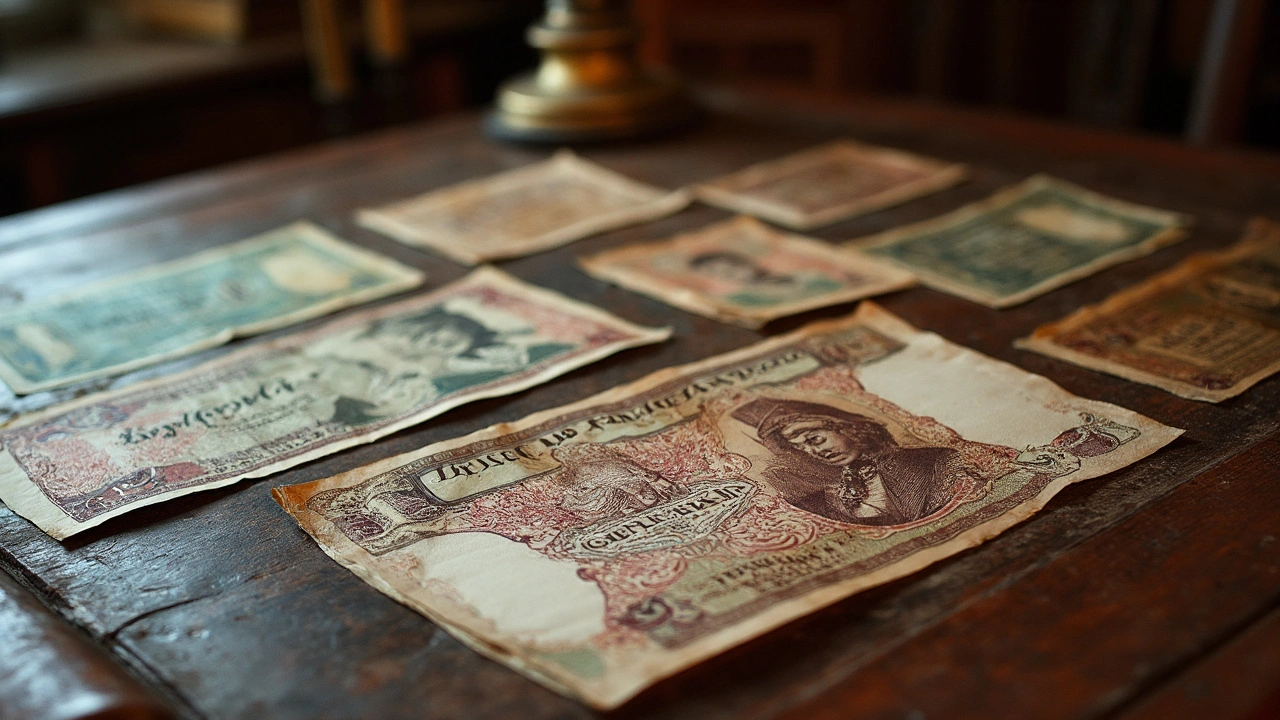UK Banknotes: What You Need to Know
If you’ve ever held a British pound note, you’ve seen a blend of art and security. Knowing the basics helps you avoid fakes, understand the story behind each note, and even start a small collection.
Denominations and Designs
Today the Bank of England issues four main notes: £5, £10, £20 and £50. Each one features a famous British figure on the front – like Winston Churchill on the £5 – and iconic landmarks on the back. The designs change every few years to add new security features and fresh artwork.
All notes share common safety tricks: a transparent window, raised print you can feel, and metallic threads that shift colours when you tilt them. The newer polymer notes also have a shiny patch that shows a hologram of the Queen’s portrait.
The older paper notes, still legal tender, are useful for collectors. You’ll find the classic “old series” with portraits of Jane Austen or Charles Darwin. They’re less common in daily use, which makes them more interesting for hobbyists.
Tips for Collectors
Start by deciding what you want to collect – modern polymer notes, historic paper notes, or specific series. Buying from reputable dealers or auction sites reduces the risk of fakes. When you get a note, check the watermark, the security thread and the feel of the raised print. A genuine note will have crisp, clear details.
Store notes flat in acid‑free sleeves or flip‑top albums. Keep them away from direct sunlight, because UV light can fade the colours. If you’re serious about value, consider grading services that assign a condition score.
Finally, join online forums or local clubs. Sharing pictures and asking for opinions helps you learn fast. Most collectors enjoy the story behind each note as much as the note itself, so keep a small notebook with the date, series and any fun facts you discover.
With these basics, you’ll feel more confident handling UK banknotes, spotting fakes, and maybe even building a collection you’re proud of.





